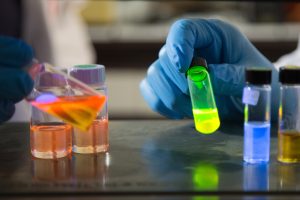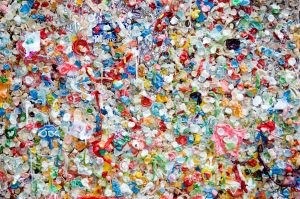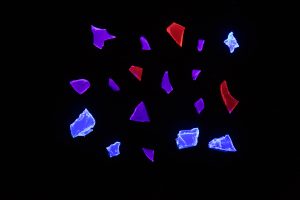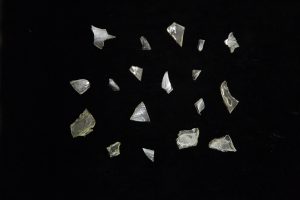
The most obvious solution for the plastic invasion of our world would be to use less plastic but this is not always the best choice for the planet since plastic’s use often helps prevent the production of GHG for related human activities. Substituting plastic with other materials should be done after a careful assessment of the impact of the proposed alternative. So, the most straightforward and short-term solutions are clever product design and better sorting technologies to improve the fraction of recyclable materials. Limiting the endless number of different polymers used for packaging and the different compositions for the same polymer available in the market would render sorting much easier and more efficient.
Today post-consumer plastic is collected and separated in dedicated facilities. There are more than seven different types of thermoplastic polymers to be separated and for each polymer there are several different grades. For example, PET comes in three principal forms: fiber (for textiles), bottle grade (for food), and technical grade for special applications.

These sum up to dozens of different materials that need to be separated from each other. And the separation must be done with extreme speed and accuracy. To be reused for the same application a polymer must be often of a purity higher than 99%. In some cases, this is not even enough; for example, the only way to use recycled polymers for food-grade applications again is that they are proven to come from food-related objects.
So, there is the need to track and keep separate the materials that come from different uses, but this is impossible since every material is collected in the trash after use.
The sorting process starts by extracting contaminating materials and by discarding everything that is smaller than 5×5 cm. After that, the collection starts with what is easier to be sorted; that is PET bottles (that are then divided by color), PE big pieces of films that are clean and easily recognizable by visible and NIR optical technology. Some more advanced facilities, in countries where there is demand, also sort a little fraction of PP.
Almost all the rest is discarded because it is impossible for optical sensors to differentiate with the required efficiency. This is the state of the art in Europe where some countries host the most advanced recycling infrastructure in the world and recycling rates that reach 42% for thermoplastic polymers. In other parts of the world recycling levels are as low as 6%.
This means that on average less than 9% of produced polymers are reused for a second time. For example, polypropylene (PP) counts for about 19% of polymers production and its recycling rate is less than 7%. PP is basically used for everything, especially for food packaging.
Since the problem with sorting comes from a lack of physical properties that make it possible to recognize one material from the others; a solution is to embed a marker that enables easy sorting without compromising costs for production and the performance of plastic.

Under UV light

Under daylight
SINBIOSYS developed invisible nano tracers that can be illuminated with UV LEDs and used as inks for plastic films or as additives for virgin plastic resins.
This technology permits the differentiation of plastics by the color of the emission of the quantum dots that are put into each different polymer. The readout of the signal was tested so far with commercial sorting machines at speeds up to 1 ton of material per hour and can be done with small flakes or on the whole object.

